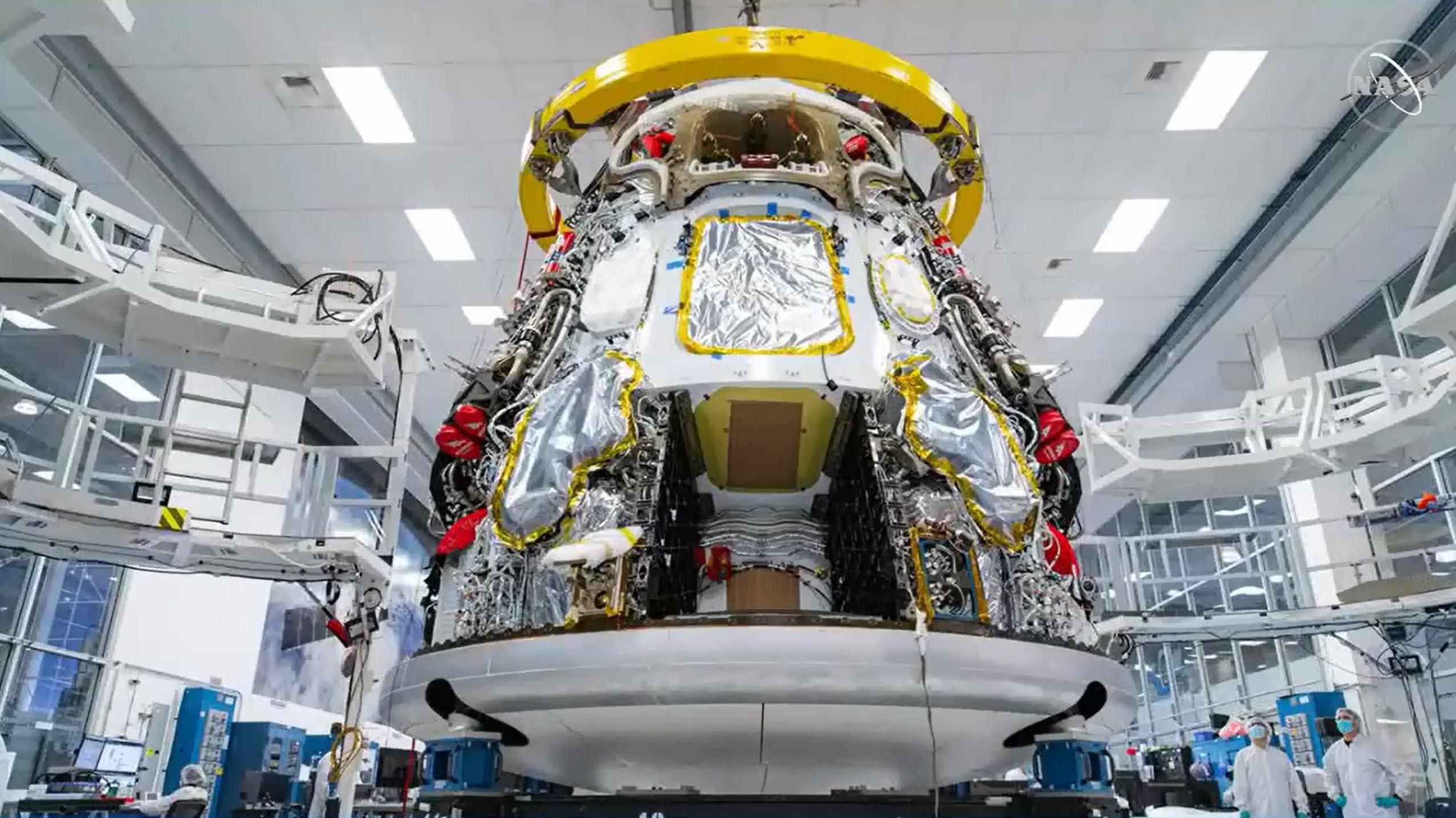
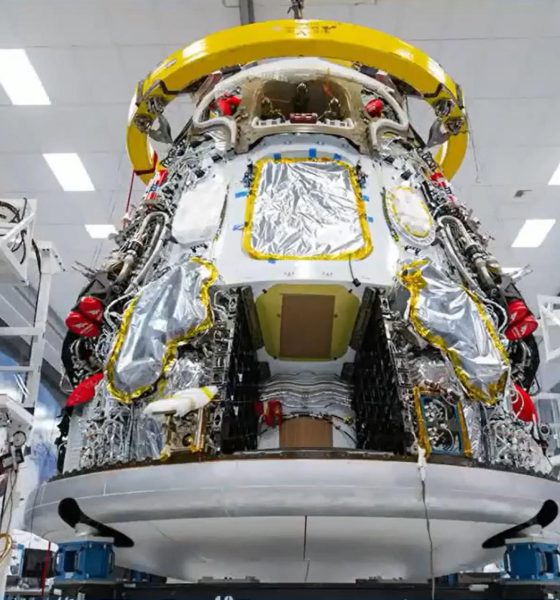
News
SpaceX spaceship almost ready for next NASA astronaut launch
A senior SpaceX director has shared a photo of the next Crew Dragon spacecraft assigned to launch NASA astronauts and confirmed that the vehicle is almost ready to ship to Florida.
Deep inside SpaceX’s Hawthorne, California rocket factory, the Crew Dragon capsule – believed to be C207 – assigned to the company’s operational astronaut launch debut (Crew-1) is in the late stages of final integration. A photo provided alongside the news confirms that the Crew Dragon is nearly complete. Aside from the installation of body panels and several other tasks that will be completed once the ship arrives in Florida, capsule C207 is already fully outfitted with a heatshield, windows, Draco maneuvering thrusters, SuperDraco abort thrusters, parachute deployment hardware, and much more.
According to Benji Reed, SpaceX Director of Crew Mission Management, SpaceX’s Crew-1 operational astronaut launch debut remains on track to launch no earlier than late September. Capsule C207 and its upgraded trunk section are also reportedly on track to head from California to SpaceX’s Florida launch facilities in time to support that schedule and could ship east just two or so weeks from now.
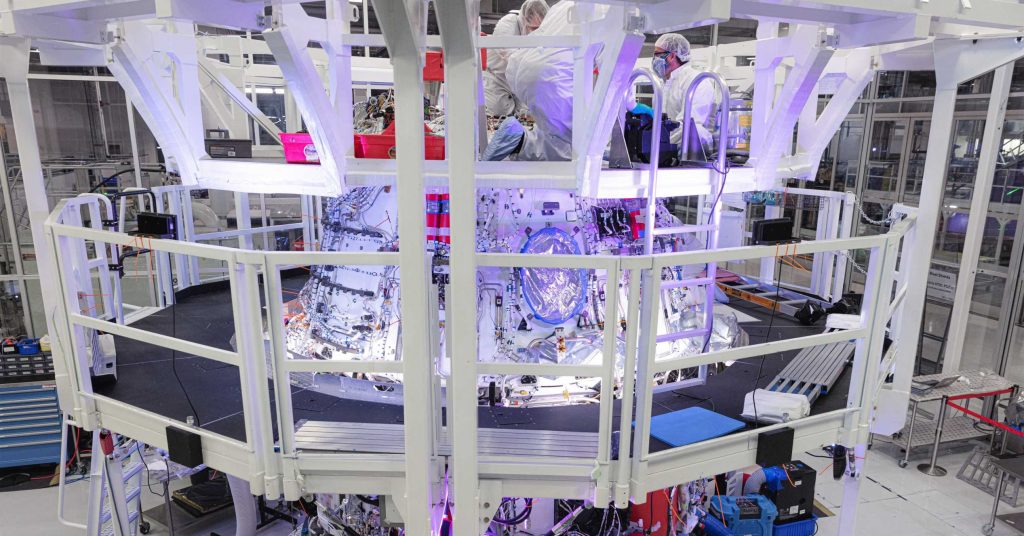
The only major (known) difference between SpaceX’s newest Crew Dragon and the spacecraft (C206) currently in orbit is the inclusion of upgraded solar panels on the ship’s expendable trunk section.
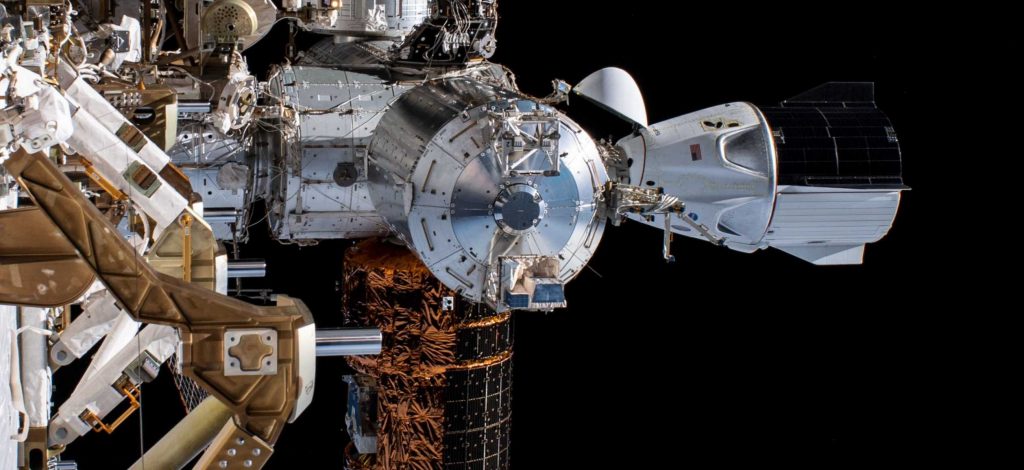
Effectively an aerodynamic shroud and mounting adapter for the capsule, the aft trunk also hosts radiators for thermal management and a unique conformal solar array to supply the spacecraft with power while in orbit. It’s unlikely that Crew Dragon will ever utilize it but the trunk also serves as an unpressurized cargo fixture. That will allow Cargo Dragon 2 (based on Crew Dragon) to carry much larger external payloads to the International Space Station (ISS) once it starts launching later this year. Prior to its retirement in April 2020, the original Cargo Dragon spacecraft used a similar trunk section to deliver unpressurized cargo to the ISS more than a dozen times.
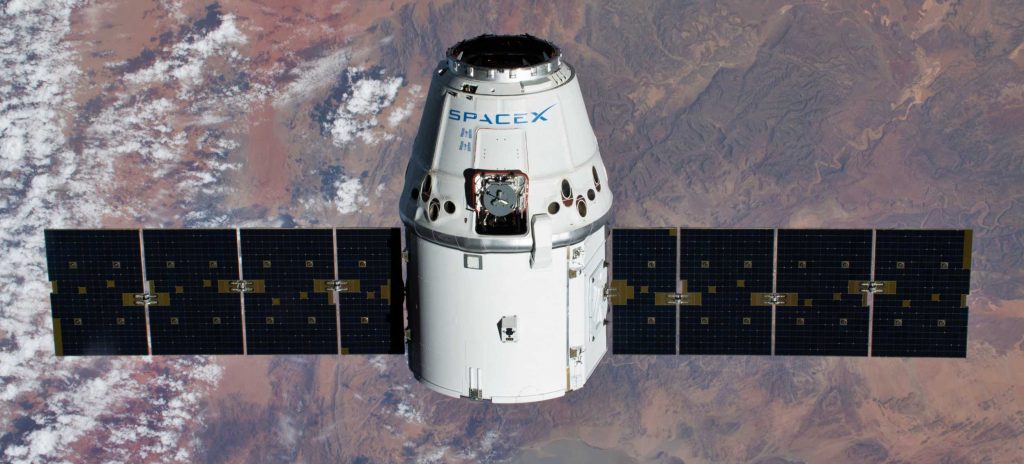
According to several comments made by NASA and SpaceX over the last few months, the only known limit to the first private spacecraft in history to launch astronauts into orbit (Crew Dragon C201) is its trunk’s solar cells. Seemingly discovered during some combination of ground testing and Crew Dragon’s uncrewed Demo-1 launch debut, the current version of the trunk suffers gradual solar cell degradation while in orbit, slowly reducing the amount of power the solar array can produce. Eventually, power output could degrade to the point that Crew Dragon would no longer be able to effectively charge its battery – a catastrophic failure if astronauts were aboard and the spacecraft free-flying.
The amount of time SpaceX’s Demo-2 Crew Dragon spacecraft can spend in orbit was actually limited ~120 days by that solar cell degradation. On a nominal operational astronaut launch, Crew Dragon will need to spend at least half a year (~180 days) docked to the ISS. Demo-2 was originally expected to last just a few days or weeks at most, so that shortfall was of minimal concern, but it did inherently imply that a sturdier solar array was inevitable and right around the corner.
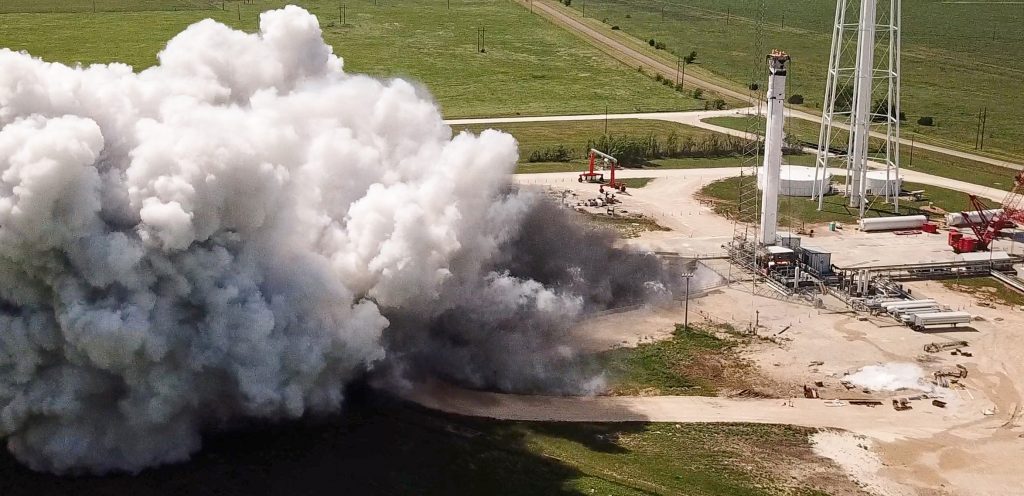
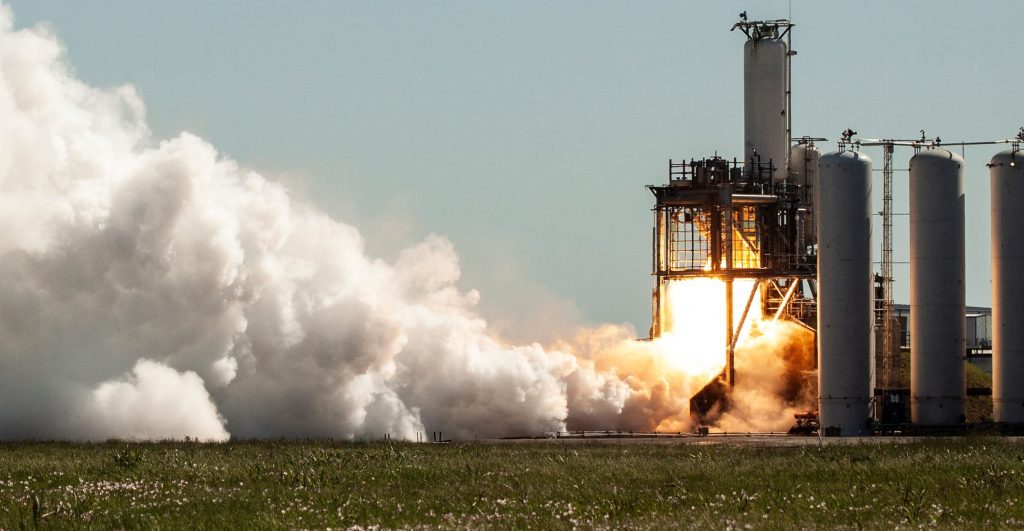
Once Crew Dragon capsule C207 arrives in Florida, it will join Falcon 9 booster B1061 and likely be joined by the expendable upper stage and trunk section shortly thereafter. First and foremost, however, SpaceX needs to safely return Crew Dragon C206 and NASA astronauts Bob Behnken and Doug Hurley to Earth before it can launch Crew-1. As of now, the spacecraft is scheduled to depart the ISS as early as 7:34 pm EDT (00:34 UTC) on August 1st, followed by reentry and splashdown roughly 18 hours later.
Check out Teslarati’s Marketplace! We offer Tesla accessories, including for the Tesla Cybertruck and Tesla Model 3.

News
Tesla FSD fleet is nearing 7 billion total miles, including 2.5 billion city miles
As can be seen on Tesla’s official FSD webpage, vehicles equipped with the system have now navigated over 6.99 billion miles.

Tesla’s Full Self-Driving (Supervised) fleet is closing in on almost 7 billion total miles driven, as per data posted by the company on its official FSD webpage.
These figures hint at the massive scale of data fueling Tesla’s rapid FSD improvements, which have been quite notable as of late.
FSD mileage milestones
As can be seen on Tesla’s official FSD webpage, vehicles equipped with the system have now navigated over 6.99 billion miles. Tesla owner and avid FSD tester Whole Mars Catalog also shared a screenshot indicating that from the nearly 7 billion miles traveled by the FSD fleet, more than 2.5 billion miles were driven inside cities.
City miles are particularly valuable for complex urban scenarios like unprotected turns, pedestrian interactions, and traffic lights. This is also the difference-maker for FSD, as only complex solutions, such as Waymo’s self-driving taxis, operate similarly on inner-city streets. And even then, incidents such as the San Francisco blackouts have proven challenging for sensor-rich vehicles like Waymos.
Tesla’s data edge
Tesla has a number of advantages in the autonomous vehicle sector, one of which is the size of its fleet and the number of vehicles training FSD on real-world roads. Tesla’s nearly 7 billion FSD miles then allow the company to roll out updates that make its vehicles behave like they are being driven by experienced drivers, even if they are operating on their own.
So notable are Tesla’s improvements to FSD that NVIDIA Director of Robotics Jim Fan, after experiencing FSD v14, noted that the system is the first AI that passes what he described as a “Physical Turing Test.”
“Despite knowing exactly how robot learning works, I still find it magical watching the steering wheel turn by itself. First it feels surreal, next it becomes routine. Then, like the smartphone, taking it away actively hurts. This is how humanity gets rewired and glued to god-like technologies,” Fan wrote in a post on X.
News
Tesla starts showing how FSD will change lives in Europe
Local officials tested the system on narrow country roads and were impressed by FSD’s smooth, human-like driving, with some calling the service a game-changer for everyday life in areas that are far from urban centers.

Tesla has launched Europe’s first public shuttle service using Full Self-Driving (Supervised) in the rural Eifelkreis Bitburg-Prüm region of Germany, demonstrating how the technology can restore independence and mobility for people who struggle with limited transport options.
Local officials tested the system on narrow country roads and were impressed by FSD’s smooth, human-like driving, with some calling the service a game-changer for everyday life in areas that are far from urban centers.
Officials see real impact on rural residents
Arzfeld Mayor Johannes Kuhl and District Administrator Andreas Kruppert personally tested the Tesla shuttle service. This allowed them to see just how well FSD navigated winding lanes and rural roads confidently. Kruppert said, “Autonomous driving sounds like science fiction to many, but we simply see here that it works totally well in rural regions too.” Kuhl, for his part, also noted that FSD “feels like a very experienced driver.”
The pilot complements the area’s “Citizen Bus” program, which provides on-demand rides for elderly residents who can no longer drive themselves. Tesla Europe shared a video of a demonstration of the service, highlighting how FSD gives people their freedom back, even in places where public transport is not as prevalent.
What the Ministry for Economic Affairs and Transport says
Rhineland-Palatinate’s Minister Daniela Schmitt supported the project, praising the collaboration that made this “first of its kind in Europe” possible. As per the ministry, the rural rollout for the service shows FSD’s potential beyond major cities, and it delivers tangible benefits like grocery runs, doctor visits, and social connections for isolated residents.
“Reliable and flexible mobility is especially vital in rural areas. With the launch of a shuttle service using self-driving vehicles (FSD supervised) by Tesla in the Eifelkreis Bitburg-Prüm, an innovative pilot project is now getting underway that complements local community bus services. It is the first project of its kind in Europe.
“The result is a real gain for rural mobility: greater accessibility, more flexibility and tangible benefits for everyday life. A strong signal for innovation, cooperation and future-oriented mobility beyond urban centers,” the ministry wrote in a LinkedIn post.
News
Tesla China quietly posts Robotaxi-related job listing
Tesla China is currently seeking a Low Voltage Electrical Engineer to work on circuit board design for the company’s autonomous vehicles.

Tesla has posted a new job listing in Shanghai explicitly tied to its Robotaxi program, fueling speculation that the company is preparing to launch its dedicated autonomous ride-hailing service in China.
As noted in the listing, Tesla China is currently seeking a Low Voltage Electrical Engineer to work on circuit board design for the company’s autonomous vehicles.
Robotaxi-specific role
The listing, which was shared on social media platform X by industry watcher @tslaming, suggested that Tesla China is looking to fill the role urgently. The job listing itself specifically mentions that the person hired for the role will be working on the Low Voltage Hardware team, which would design the circuit boards that would serve as the nervous system of the Robotaxi.
Key tasks for the role, as indicated in the job listing, include collaboration with PCB layout, firmware, mechanical, program management, and validation teams, among other responsibilities. The role is based in Shanghai.
China Robotaxi launch
China represents a massive potential market for robotaxis, with its dense urban centers and supportive policies in select cities. Tesla has limited permission to roll out FSD in the country, though despite this, its vehicles have been hailed as among the best in the market when it comes to autonomous features. So far, at least, it appears that China supports Tesla’s FSD and Robotaxi rollout.
This was hinted at in November, when Tesla brought the Cybercab to the 8th China International Import Expo (CIIE) in Shanghai, marking the first time that the autonomous two-seater was brought to the Asia-Pacific region. The vehicle, despite not having a release date in China, received a significant amount of interest among the event’s attendees.








